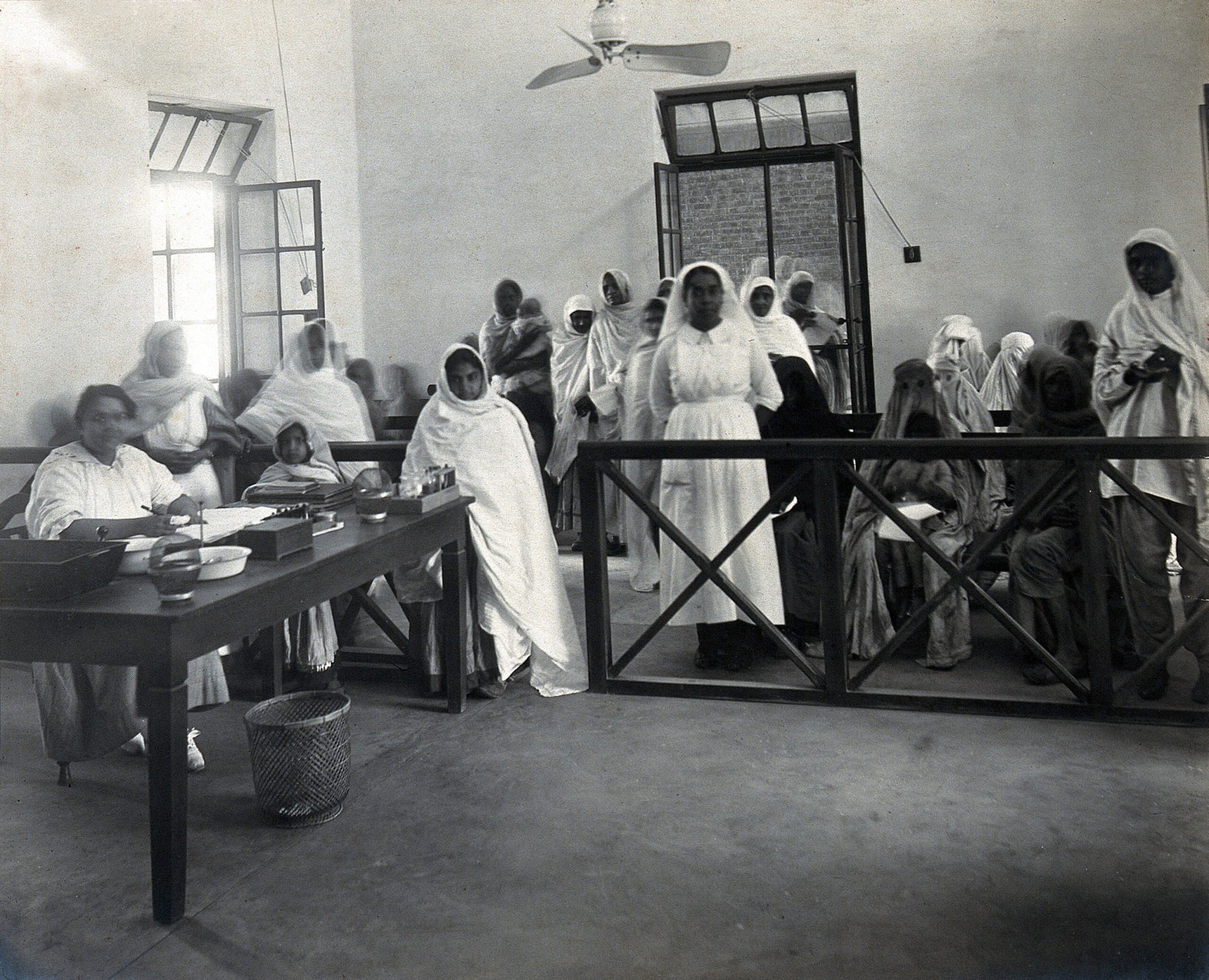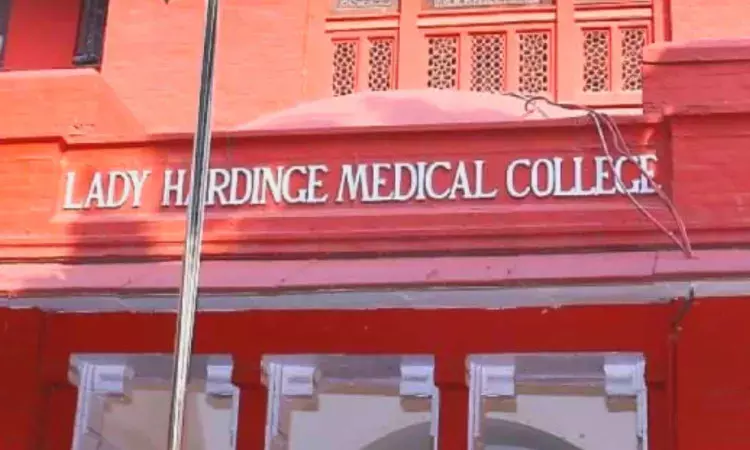Long before India had corporate hospitals and high-tech medical institutes, the foundation of its first women-led medical college in the capital was laid by a queen’s vision and the courage of just 16 determined women.
In 1916, at a time when societal norms restricted women from education and careers, Queen Mary, the Queen-Empress of India, gave her royal backing to an extraordinary initiative: establishing a college to train Indian women as doctors. The result was Lady Hardinge Medical College (LHMC)—Delhi’s first and one of the earliest medical colleges for women in India.

A Royal Vision Meets Revolutionary Action
Queen Mary believed that the lack of female doctors in India was not just a medical issue but a cultural barrier that kept women from receiving proper healthcare. Determined to change that, she supported the creation of a college that would encourage Indian women to step into the world of medicine.
When Lady Hardinge College opened in 1916, just 16 students enrolled. It was a radical step—they faced social resistance, logistical challenges, and family pressure. Yet, their courage shaped the future of Indian healthcare.

Breaking Barriers, Saving Lives
Over the decades, LHMC evolved into a top-tier medical institution, producing generations of women doctors who went on to serve in remote villages, war zones, and global institutions.
This wasn’t just about medicine—it was about women reclaiming space in public life. From obstetrics to surgery, these pioneers helped redefine India’s healthcare landscape.
Legacy That Inspires Even Today
Today, LHMC stands tall not just as a college but as a symbol of women’s empowerment and India’s early fight for gender equality in education. What began with royal support and 16 trailblazing women now boasts thousands of alumnae across the globe.
Their legacy continues to inspire a new generation to not just dream, but dare.


